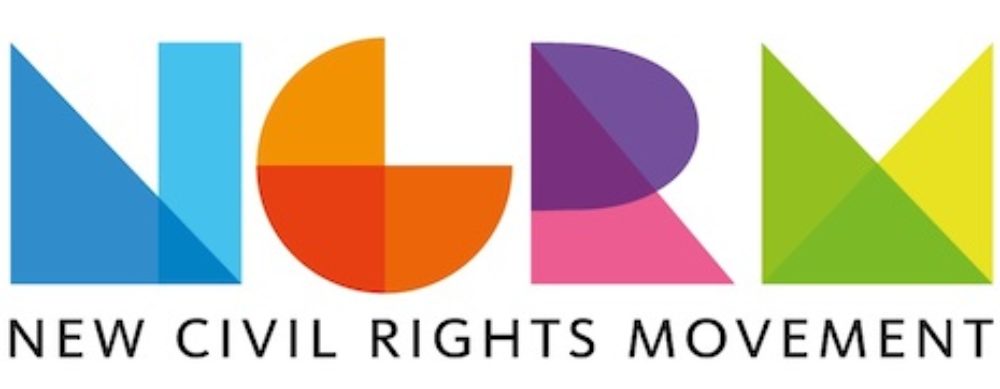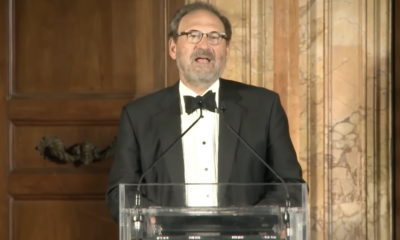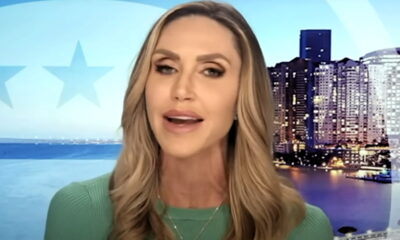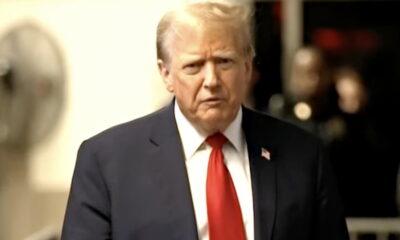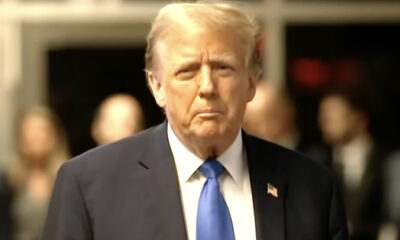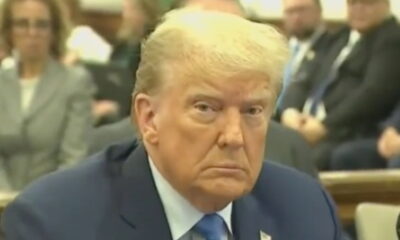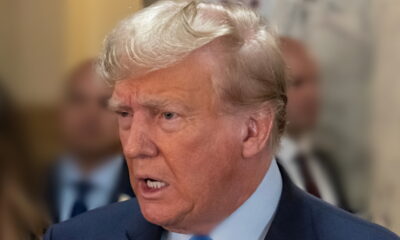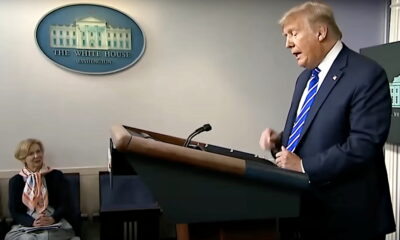News
Legal Expert Accuses the Supreme Court of Expanding the ‘Shadow Docket’ to Do Trump’s Bidding

According to Stephen Vladeck, a professor at the University of Texas Law School, the Supreme Court experienced a sea change when it came to issuing emergency rulings that helped Donald Trump get his way without the court having to explain their legal reasoning.
In an interview with Politico, Vladeck, whose book “The Shadow Docket” explains how the court is hiding how they arrive at the rulings, said that under the Trump administration emergency petitions for rulings went through the roof, with the court repeatedly siding with the former president.
Speaking with Politico’s Ian Ward, the legal expert explained that Trump circumvented lower court rulings by rushing to the nation’s highest court for relief.
As he told Ward, “…the real shift in 2017 was that all of a sudden, the court was inundated with a flurry of applications for a particular type of shadow docket ruling — application for emergency relief — from the Trump administration.”
ALSO IN THE NEWS: Trump accuses Jack Smith of trying to commit treason in late night attack
He then added, “Across two very different two-term presidencies, George W. Bush and Barack Obama, the federal government [went] to the court for emergency relief eight times in 16 years — literally once every other year. Then, all of a sudden, Trump goes back to the court again and again and again — 41 times in four years — trying to get the court to let him carry out policies that lower courts had blocked.”
He also admitted that he was stunned by how often the Supreme Court sided with the ex-president, telling Ward, “What’s remarkable is the court has repeatedly acquiesced and acquiesced, almost always without any explanation, in ways that [marked] a pretty sharp break from how the court would have handled those applications in the past.”
Asked what the implications were for what has become an activist court, he explained, “The real innovation we saw was using the shadow docket as a way of allowing the administration to carry out policies that lower courts had blocked based on no irreparable harm, other than the fact that the policy had been blocked.”
“In older cases, the argument was usually that the reason for the Supreme Court to intervene was that something really, really bad would happen if the court didn’t intervene. But [during the Trump administration], the really, really bad thing that would happen without intervention is just that the president would be frustrated in carrying out his policy goals,” he elaborated before adding, “That argument seems to work because the court kept granting relief. That set the idea that the shadow docket could be a place to make policy without making law — that the Trump administration could carry out policies that no lower court ever upheld for years on end, without any conclusive adjudication of their legality.”
You can read more of his interview here.
Enjoy this piece?
… then let us make a small request. The New Civil Rights Movement depends on readers like you to meet our ongoing expenses and continue producing quality progressive journalism. Three Silicon Valley giants consume 70 percent of all online advertising dollars, so we need your help to continue doing what we do.
NCRM is independent. You won’t find mainstream media bias here. From unflinching coverage of religious extremism, to spotlighting efforts to roll back our rights, NCRM continues to speak truth to power. America needs independent voices like NCRM to be sure no one is forgotten.
Every reader contribution, whatever the amount, makes a tremendous difference. Help ensure NCRM remains independent long into the future. Support progressive journalism with a one-time contribution to NCRM, or click here to become a subscriber. Thank you. Click here to donate by check.
 |
